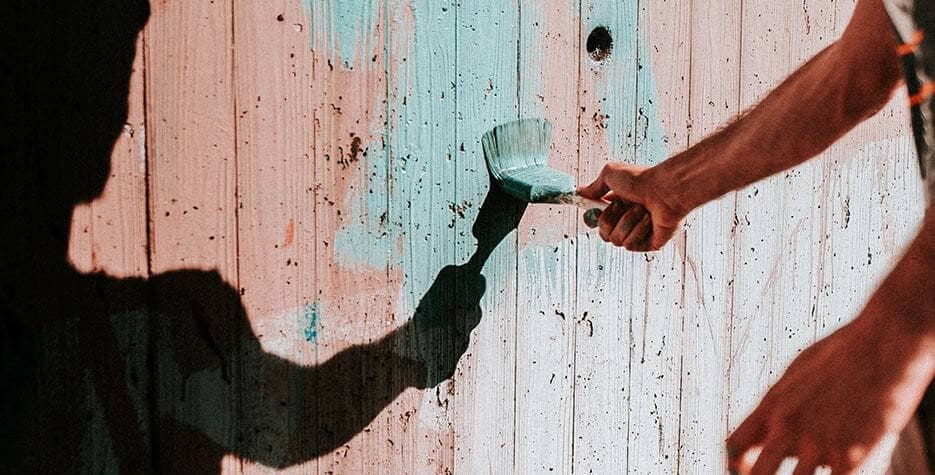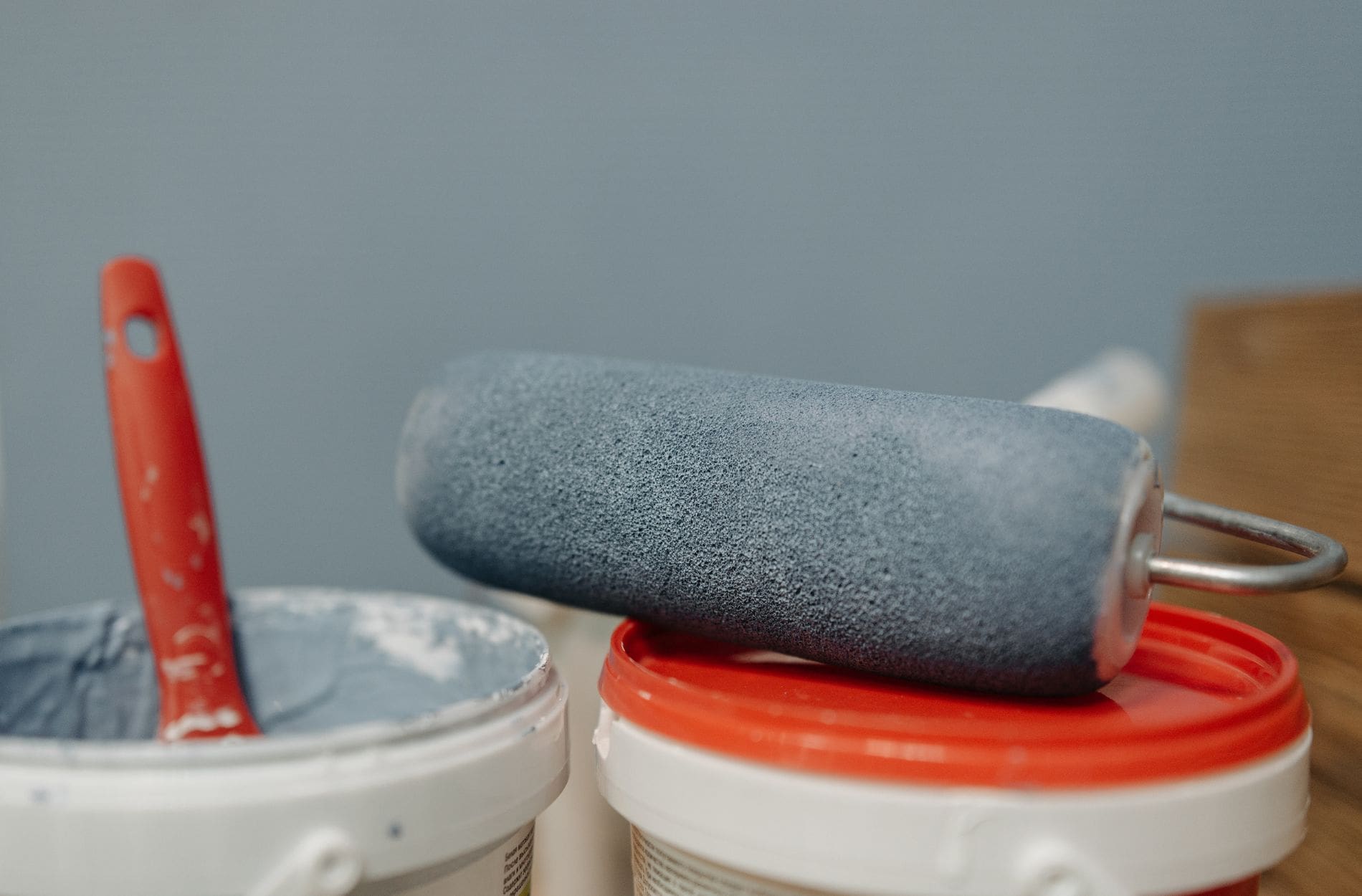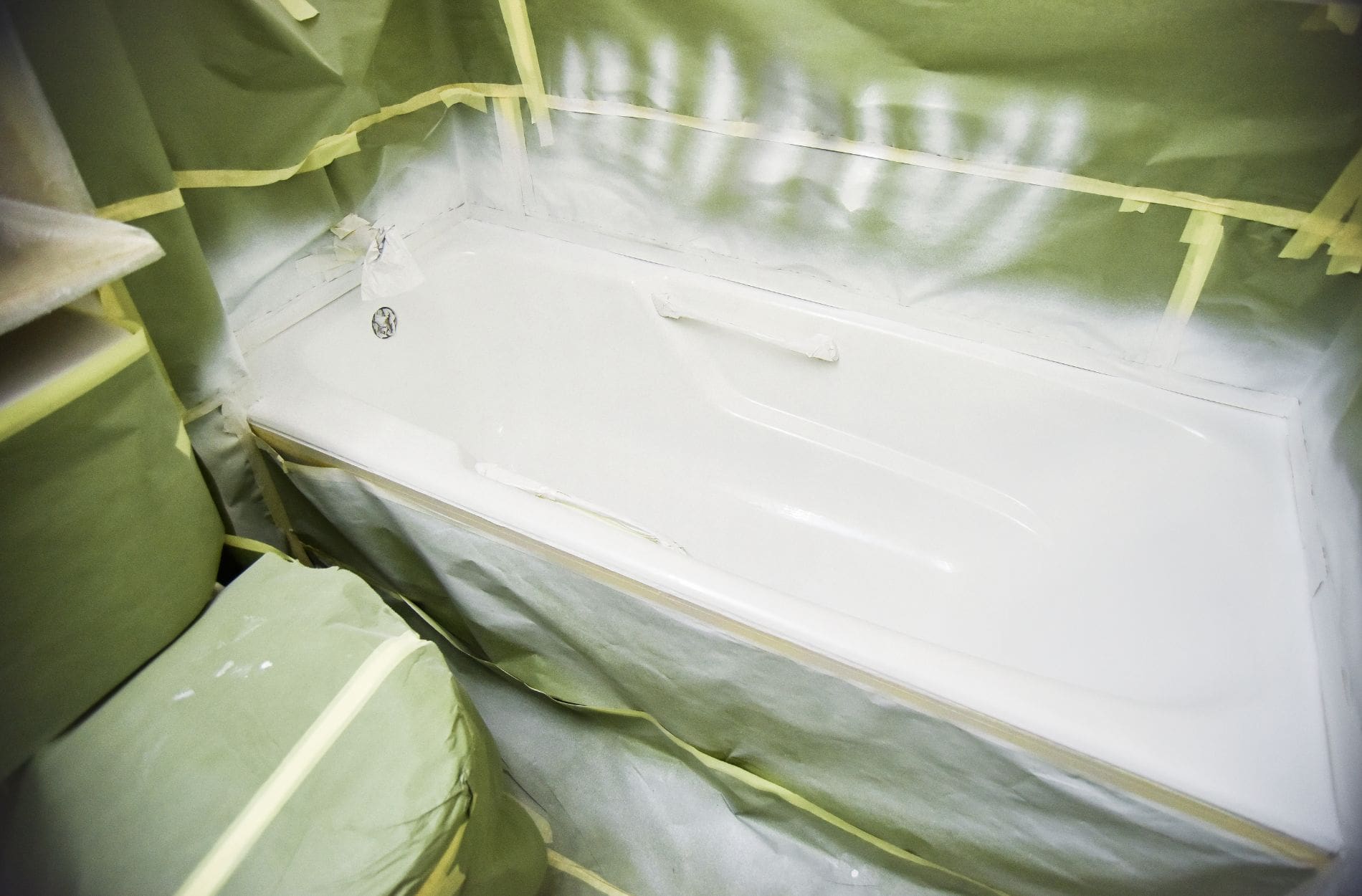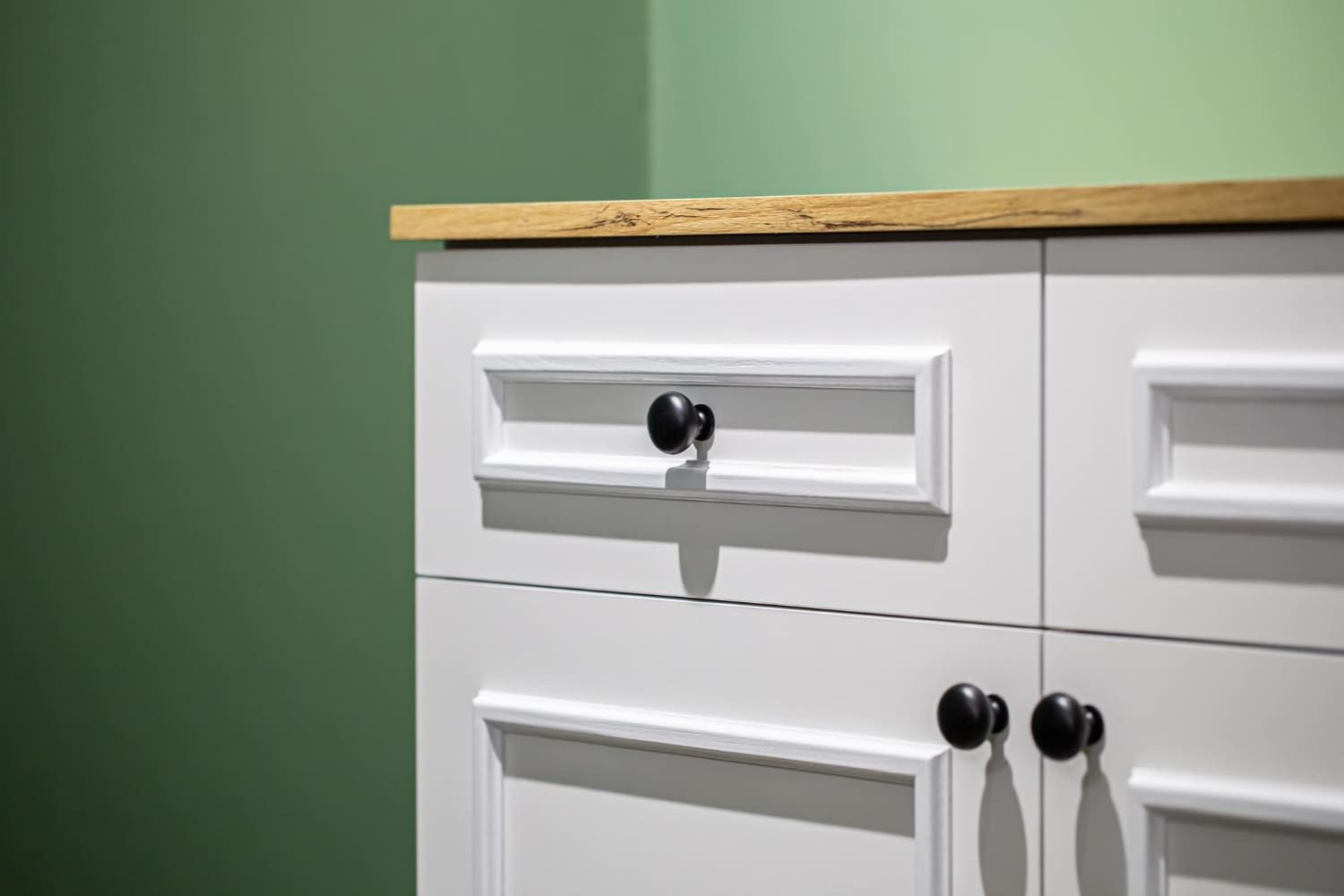When you look up how often you should paint your house exterior, you might encounter several answers. Some sources say 5 to 10 years, while others go under or beyond that average range.
Although that’s a great starting point, different factors affect the age of your home’s exterior paint job. The best way to determine how often you should paint your house exterior is to understand these factors.
In this post, we will give you a comprehensive look at what you should observe to determine when it’s time for a repaint.
What Factors Affect How Often You Should Paint Your House Exterior?
Three main variables will affect your house exterior’s paint job. Consider them well when deciding when it’s time to repaint your house.
Location
Where you live will determine how often you should paint your house exterior. If you live in a place where the weather is more moderate, your paint job can last longer than if you live in a place with harsher conditions.
Florida is both the wettest and sunniest state. These fluctuations in temperature and humidity can cause your paint job to fade faster than it would in other less extreme climates.
In addition to the weather, the immediate environment of your house will affect how often you should paint its exterior. For instance, living on the waterfront might expose your house’s exterior to more moisture because of the sea or lake water and the wind that blows the moisture toward you.
If you live anywhere in the Tampa, Brandon, or Plant City area of Florida, be sure to pay attention to the weather and how it affects your house. If you’ve gone years without repainting despite experiencing harsh weather conditions, you might need to take a closer look at your exterior.
House Materials
The type of material that the exterior of your house or structure uses will also play a role in how often you should paint the exterior. For instance, wood naturally has a lower thermal conductivity than concrete, so wooden sheds absorb less heat than concrete walls.
If you combine that natural ability to absorb heat with the external elements that affect your paint job, you might have to paint your exterior more often than usual. Surfaces that get hot quickly might cause the paint to fade faster or even blister and peel.
Paint Quality
Finally, the kind of paint that you use to paint your house will also influence how often you should repaint it. Many paints have a higher longevity than others, so take note of the paint that you used on your house exterior.
For example, the usual kinds of paint for exterior home painting projects are latex and acrylic. Acrylic paint might be the best option for most exteriors because its chemicals make it flexible to different weather and temperature changes.
However, latex is a more affordable option for those who are on a budget. Still, it has water-proof qualities that make it a great way to protect your exterior from Florida’s heavy rains.
The kind of paint you use will also depend on the kind of material your house used. For instance, some paints may not coat brick as well as wood.
Paint color also affects the quality. Dark colors absorb more heat than light colors, making them prone to wear and tear.
How To Know When It’s Time To Paint Your House Exterior?
If you’re unsure about the kind of paint that your house exterior uses, you can still tell whether it’s time to paint it again. There are some obvious and other more subtle signs that you can look out for.
Generally, you should consider repainting your home’s exterior if it’s no longer as vibrant as it once was. Here are some signs to look out for to know when you should repaint your house exterior.
Fading
Faded paint may not be as bad of a sign as the other issues. It just means that exposure to the elements has caused the paint to lighten.
However, as a proud homeowner, you might be conscious about your home’s exterior. Fading would make your house look drab and lifeless.
The sun bleaches all kinds of paint, regardless of the color. If you choose dark paints that tend to absorb a lot of heat, fading might be more obvious.
If you use light paints for your exterior, fading could be unnoticeable from a distance. Still, faded paint might be an eyesore if you look too closely.
Blistering
When the Florida sun glares harshly on your house, the exterior paint might blister. If you notice bubbles in your paint job, you should take them seriously.
Blistering paint will eventually lead to peeling. If your exterior paint starts blistering too often, it might be time to repaint.
Once the paint starts peeling, your walls will be exposed to the elements, causing further damage. Likewise, you risk damage to your interior.
It might be hard to notice blistering on certain kinds of paint, especially those with textures. You might want to ask a professional to check up on your exterior if you’re not sure how to tell.
Chalking
Paint chalks when the binder in the paint breaks down. When this happens, you can run your hand along the painted surface and it will crumble into powder.
Chalking may be unavoidable because it’s a natural phenomenon. Still, constant exposure to the sun can make it worse.
In addition, low-quality paints might be more prone to chalking. So, be mindful when you buy your paint.
You could help prevent chalking from occurring by using a chalk-blocking product to prime your initial paint job. However, you need to prepare your surface before applying such a product.
Cracking
You might notice cracks in the paint if you live in a particularly sunny area. The constant heat would cause your paint to shrink and lead to cracking.
These could range from single, superficial lines to large cracks that expose the underlying wall material.
Cracking might be less of a common problem for acrylic paint than other types. Acrylic paint has chemicals that make it elastic.
Other paints also have that quality, but their price range might make them less durable than acrylic paint.
Meanwhile, an improper application can also lead to cracking. For instance, the kind of paint that you used might only need a thin film but whoever painted your exterior did not follow proper instructions.
Leaving paint cracks for too long can lead to further issues. You may want to consider repainting your house as soon as you spot even the slightest hairline of a crack.
Gaps
The paint might look like it is adjusted from the corners of your house. Those unsightly gaps may be a good sign to repaint.
The original paint job may have been done poorly. For instance, the painter might not have caulked any of the gaps or corners.
Leaving these gaps alone would risk water leaching into the wall material. That will be a big problem if your house exterior is made of wood.
Mildew Growth
Depending on the kind of paint that you use on your exterior house, you might have a mildew problem. Mildew can grow on paints with organic compounds.
Ideally, you should use water-based paint for your exterior walls to avoid mold growth. However, you should also factor in how often it rains where you live.
If the weather is too humid, mildew will keep growing back after you paint. Florida is the most humid state in the nation, making it a prime area for mildew growth.
Left untreated, your mildew growth can affect your family’s health. So, it’s much cheaper to repaint your walls than treat any illnesses associated with molds.
Selling
Are you selling your house in Florida? Regardless of its condition, a repaint can make it more appealing to potential buyers.
This sign is not as major as the others because it does not necessarily involve underlying problems with the house. Essentially, this is a cosmetic fix to make your house look better.
Even if your intentions drive you to repaint your exterior, you might discover some of the previous signs that require repainting. After all, a close inspection of your exterior surfaces would let you know everything you need.
Final Words: Get a Professional To Assess Your House Exterior
How often you should paint your house exterior depends on three main factors:
- Your location
- House materials
- Paint quality
On average, you have between 5 and 10 years before you need to repaint your exterior.
However, the three factors can affect that average range, and the repainting can become more frequent. Check for several signs of wear and tear to determine whether you need to paint your exterior walls again.
If your paint shows no visible signs of needing a new coat, you must have done a good original paint job. However, take note of the time that has passed since then.
You may not notice obvious signs of wear and tear, but there are underlying factors that could affect how often you should paint your house exterior. For a professional opinion, get an expert to assess the condition of your paint today.






